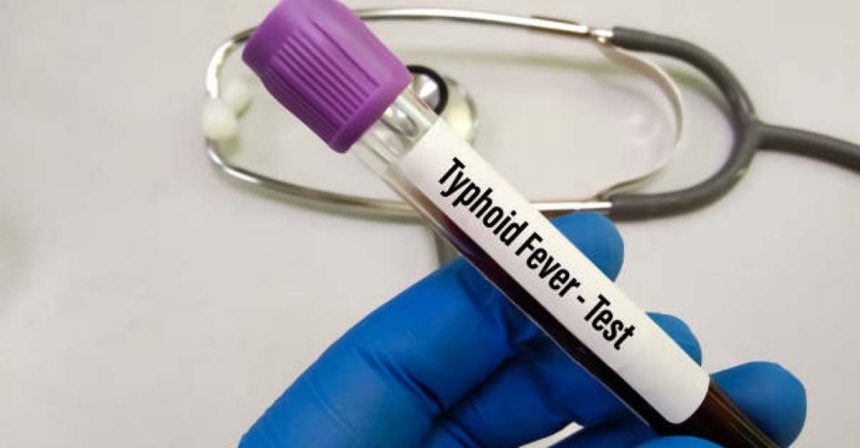Typhoid fever, a dangerous infectious disease caused by the Salmonella Typhi bacteria, continues to be a significant health concern worldwide. This bacterial infection spreads primarily through contaminated food and water, entering the body and affecting the bloodstream.
Symptoms of typhoid fever often include:
- High fever (39.4°C – 40°C)
- Cough
- Peeling skin
- Enlarged spleen
- Decreased white blood cell count
- Reduced appetite
Causes and Transmission
The primary causes of typhoid outbreaks are the contamination of water sources (like wells or ponds) and milk products. Additionally, unsanitary food handling practices and the presence of human carriers can contribute to the spread of the disease. Flies can also act as vectors, transferring bacteria from one place to another.
Treatment
While traditional treatments focused on managing symptoms, the advent of antibiotics in 1948 revolutionized typhoid treatment. Medications like Chloro-mycetin and Tetracycline are commonly prescribed to combat the infection. In severe cases, blood transfusions or plasma injections may be necessary.
Diagnosis
To confirm a typhoid diagnosis, a blood test known as the Widel Test is typically performed. This test detects antibodies produced in response to the infection. Additionally, laboratory cultures of blood, stool, or urine can help identify the Salmonella Typhi bacteria.
Prevention
Preventing typhoid involves maintaining proper hygiene practices, ensuring safe water consumption, and practicing good food hygiene. Vaccination is also a crucial preventive measure. The typhoid vaccine, developed from killed bacteria, offers protection for several years.
While typhoid fever remains a threat, advancements in medical science have significantly reduced its mortality rate compared to decades ago. By understanding the causes, symptoms, and prevention strategies, individuals and communities can play a vital role in combating this infectious disease.




